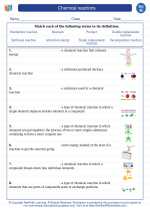Structure of Glucose:
Glucose is a monosaccharide, meaning it is composed of a single sugar molecule. It has a six-carbon structure, with the chemical formula C6H12O6. The molecular structure of glucose can exist in two forms - a linear chain form and a ring form.
Function of Glucose:
Glucose is the primary source of energy for the body's cells. It is broken down through a series of chemical reactions in a process called cellular respiration to produce adenosine triphosphate (ATP), which is the energy currency of the cell. Glucose is also used as a precursor for the synthesis of other important molecules in the body, such as amino acids, fatty acids, and nucleic acids.
Metabolism of Glucose:
When we consume food that contains carbohydrates, such as bread, rice, or fruits, the body breaks down the carbohydrates into glucose. This glucose is then absorbed into the bloodstream and transported to various cells in the body. The cells use glucose and oxygen to produce ATP through the process of cellular respiration.
Regulation of Blood Glucose Levels:
The body tightly regulates blood glucose levels to ensure a steady supply of energy to the cells. The hormone insulin, produced by the pancreas, helps lower blood glucose levels by promoting the uptake of glucose by cells. On the other hand, the hormone glucagon, also produced by the pancreas, raises blood glucose levels by promoting the release of glucose from stores in the liver.
Importance of Glucose:
Glucose is essential for the proper functioning of the body. It provides the energy necessary for various physiological processes, including muscle contraction, nerve impulse transmission, and overall metabolism. Without a steady supply of glucose, the body's cells would not have the energy to perform their functions.
Study Guide:
- What is the chemical formula of glucose?
- Describe the structure of glucose.
- What is the function of glucose in the body?
- Explain the metabolism of glucose in the body.
- How are blood glucose levels regulated in the body?
- Discuss the importance of glucose for the body's cells.
[Glucose] Related Worksheets and Study Guides:
.◂Science Worksheets and Study Guides Eighth Grade. Chemical reactions
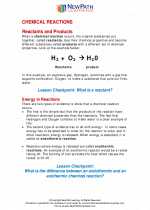
 Activity Lesson
Activity Lesson
 Worksheet/Answer key
Worksheet/Answer key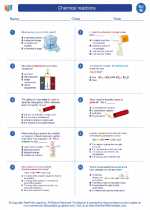
 Worksheet/Answer key
Worksheet/Answer key
 Worksheet/Answer key
Worksheet/Answer key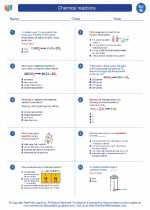
 Worksheet/Answer key
Worksheet/Answer key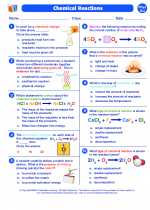
 Vocabulary/Answer key
Vocabulary/Answer key
 Vocabulary/Answer key
Vocabulary/Answer key